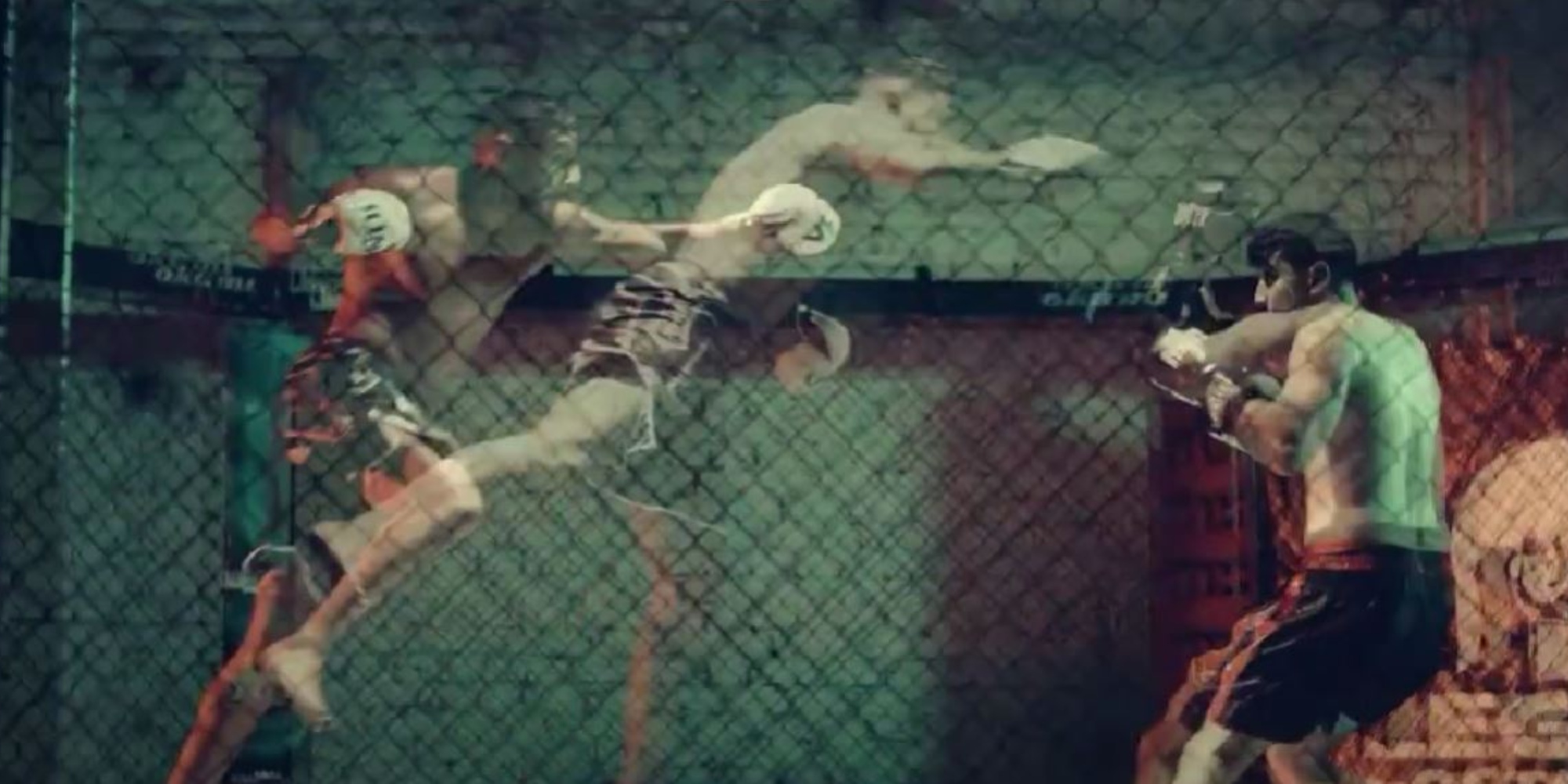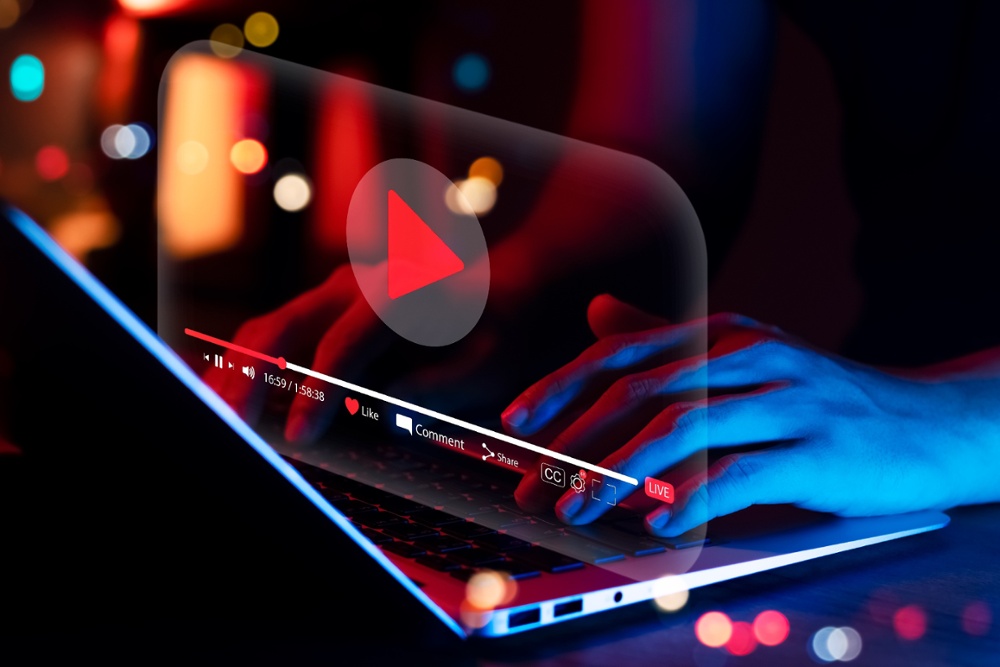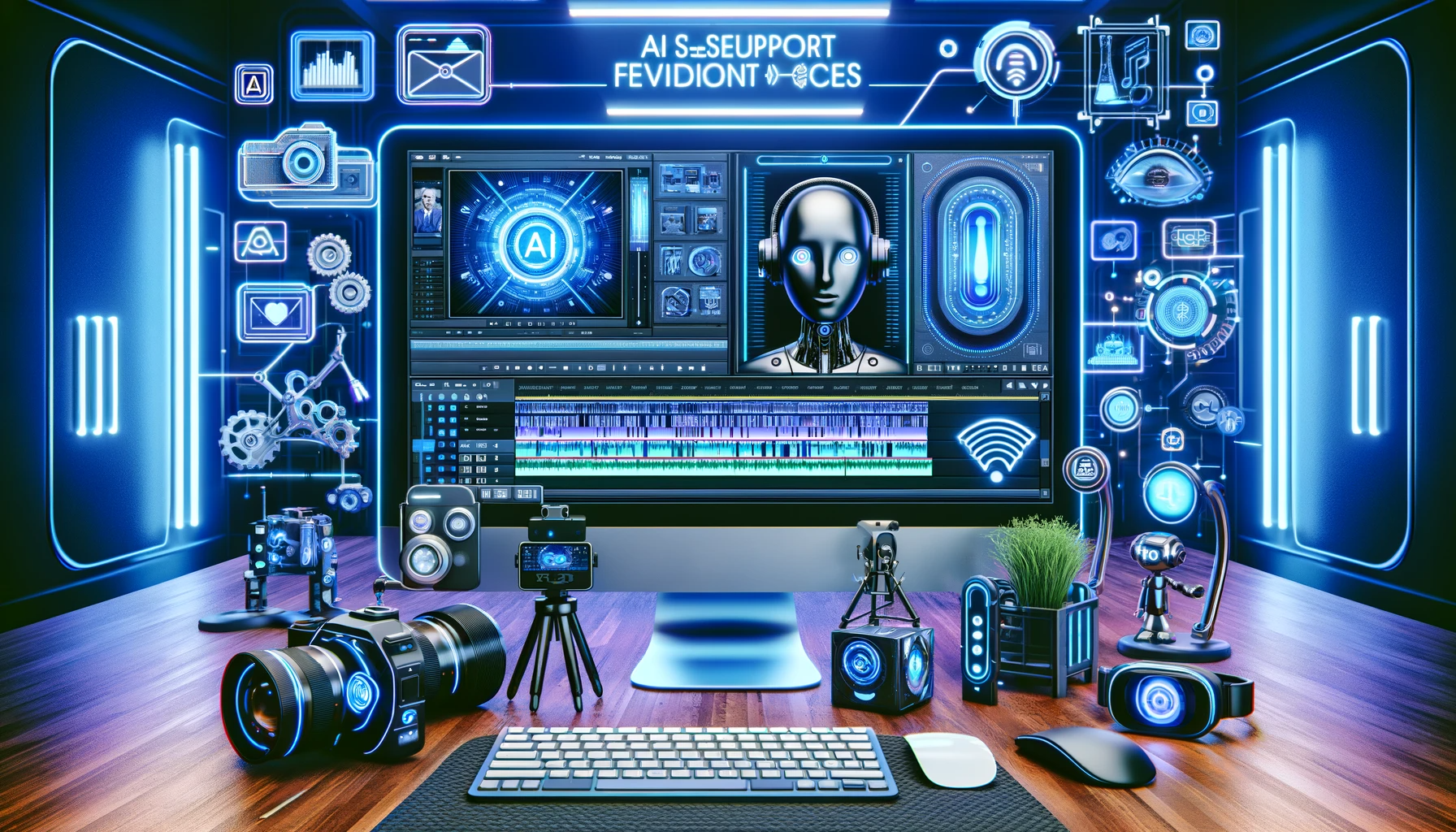1 min read
Understanding Copyrights: Ensuring Compliance and Safeguarding Your Livestream
Example Author Jul 6, 2023 8:00:00 AM

Copyright is a crucial consideration when it comes to broadcasting sports events or any form of content on platforms like YouTube. To avoid legal issues and potential copyright claims, it's essential to understand and comply with copyright laws.
Acquiring the Appropriate Rights and Consents
Before broadcasting a sports event or any copyrighted content, it's vital to ensure that you have obtained the necessary rights, consents, and contracts. This includes securing permissions from the event organizers, teams, and other relevant stakeholders. Failure to do so can lead to legal consequences, warnings and copyright claims during transmission, which may lead to shutting down your livestream.
Avoiding Accidental Copyright Infringement
To prevent infringing on third-party copyrights, it's crucial to verify that you have the required rights, consents, agreements, and licenses for using any third-party works during your livestream. This encompasses various forms of content, such as music, music videos, graphics, movie clips, and more. Additionally, be mindful of any copyrighted material visible in the background, such as content displayed on monitors and big screens, as well as any music played in the stadium or hall during the event.
Contacting Copyright Holders
In cases where you may be missing certain documents or permissions, it's essential to proactively reach out to the respective copyright holders. Communicate with them to clarify the necessary steps to obtain the required rights and consents for including their content in your livestream. Open and transparent communication can help you address any concerns and ensure compliance with copyright laws.
Utilizing "Allowlist" to avoid Content ID claims
YouTube's Content ID system identifies and manages copyrighted content uploaded to the platform. To protect yourself from potential copyright claims, reach out to the copyright holders and request to be added to the "allowlist" in their YouTube CMS. This way, your livestream will be exempted from automated Content ID claims related to their content.
Ready to take the necessary steps for a seamless live stream? Start by reviewing your current broadcasting practices and verifying if you have the required rights and consents in place. If you have any questions regarding this topic, contact us.








